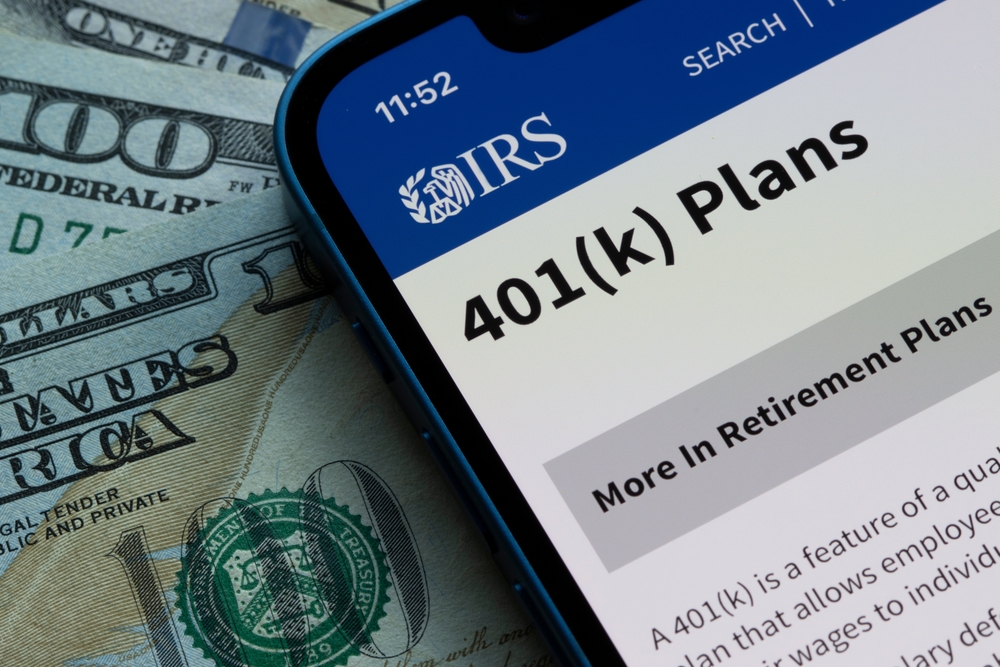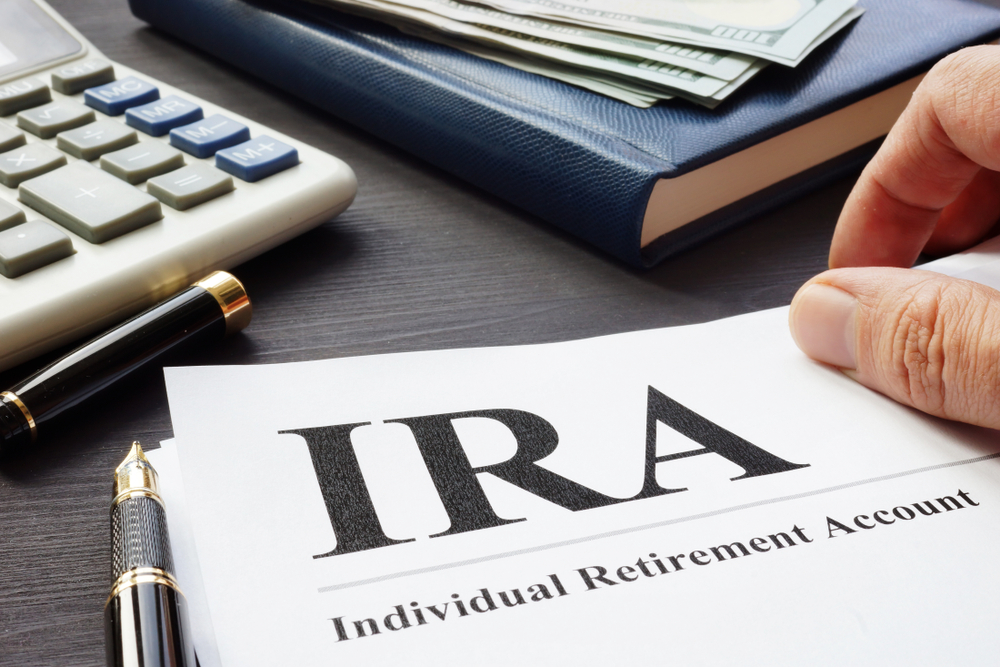As a self-employed business owner, you face a dizzying array of choices every day. One of the most important decisions you can make is which retirement plan would be best for you.
Fortunately, there are a number of appealing options.
Here’s what you need to know about self-employed retirement plans.
Retirement Plans Available for the Self-Employed
1. Simplified Employee Pension (SEP)
With a SEP plan in place, you can contribute as much as 25% of your net earnings from self-employment, up to a whopping $66,000 for 2023.
“Net earnings from self-employment” don’t include contributions for yourself.
To set up a SEP plan, you will need to complete Form 5305-SEP, Simplified Employee Pension – Individual Retirement Accounts Contribution Agreement.
Alternatively, you can adopt an IRS-approved prototype SEP plan offered by many financial institutions and plan administration companies.
You will need to open a SEP-IRA through a bank or other financial institution.
You can set up your SEP plan as late as the due date of your income tax return for that year, including extensions.
2. Solo 401(k) Plan

The maximum contribution for a 401(k) plan is less than for SEP plans. For 2023, it’s $22,500, plus an additional $7500 if you are 50 or older.
You can make these contributions either pre-tax or post-tax as Roth contributions.
You can reach the same contribution in your 401(k) plan as with a SEP plan by contributing an additional 25% of your net earnings from self-employment, up to a total contribution of $66,000 for 2023.
If you are the sole employee in your company, your 401(k) plan will be referred to as a “solo 401(k)” or an “individual 401(k)”.
Here’s a little known fact about solo 401(k) plans.
If your spouse earns income from your business, you can double the amount of your contribution, depending on your income. Your spouse would elect to defer income up to the contribution limit, permitting you to make a contribution to the plan for your spouse, up to 25% of compensation.
You can learn more about including your spouse in your solo 401(k) plan here.
Most online brokers and fund families can open a solo-401(k) plan for you. You’ll need an Employer Identification number (EIN).
3. SIMPLE IRA Plan
A SIMPLE IRA Plan permits you to put all your net earnings from self-employment into the plan, up to a maximum of $15,500 in 2023, plus an additional $3,500 if you are 50 or older.
The contribution limit increases to $22,500 if you participate in another employer sponsored plan.
Employers must match contributions up to 3% of employee compensation or fixed contributions of 2% to every eligible employee.
SIMPLE IRA plans are only available to companies with fewer than 100 employees.
You can set up a SIMPLE IRA plan by filling out Form 5305-SIMPLE, Savings Incentive Match Plan for Employees of Small Employers (SIMPLE) – for Use With a Designated Financial Institution or Form 5304-SIMPLE, Savings Incentive Match Plan for Employees of Small Employers (SIMPLE) – Not for Use With a Designated Financial Institution. You can also adopt an IRS-approved “prototype SIMPLE IRA plan” offered by many financial institutions.
4. Profit Sharing Plan
A profit sharing plan permits you to contribute up to 25% of compensation (excluding contributions for yourself), up to a maximum of $66,000 in 2023.
5. Money purchase plan
A money purchase plan requires contributions at a fixed percentage of your income every year. This is up to 25% of compensation (excluding contributions for yourself), according to the pla’’s contribution formula.
6. Defined Benefit Plans (DB plans)
DB Plans are not commonly used due to their cost and complexity. Under some circumstances, they can be an appealing option.
The maximum annual benefit can be up to $265,000 for 2023. Contributions are based on the amount of the defined benefit and other facts.
You can find more details about defined benefit plans here.
Which Retirement Plan Is Best for the Self Employed?

A determination of the optimal plan for you depends on many factors. The most critical one is how much you will be able to set aside for retirement every year.
If you are just starting your business, and anticipate having low income for an initial period of time, consider contributing to a traditional or Roth IRA. You probably don’t need any of the more complex self-employed retirement options.
If you are the only employee of your company (other than your spouse), and want to contribute more than permitted by a traditional or Roth IRA, a Solo 401(k) plan might be a good option.
A SEP IRA would be a better choice than a solo 401(k) if you have plans to hire employees now or in the future. If you decide on a SEP IRA, you’ll have to contribute the same percentage of pay for employees as you do for yourself.

A SIMPLE IRA plan might be suitable for a business with fewer than 100 employees.
A Profit Sharing Plan provides flexibility in designing key features, including making no contributions in a year. It can help attract talented employees and benefit both employers and employees.
These plans can be more complicated to set up and administer.
Money purchase plans can be expensive to maintain. They require a guaranteed contribution each year and lack the flexibility of other options.
Defined benefit plans require an employer contribution, the amount of which is actuarially determined. It can be a good choice for a very profitable business where the shareholders are generously compensated.
Companies with less than 15 employees and shareholders between the ages of 45 and 65 may be able to generate meaningful tax benefits with a defined benefit plan, unless most of the employers are older (which would make funding benefits potentially too expensive).

A financial advisor who is also a certified public accountant would be particularly well-qualified to assist with the selection of the right self-employed retirement plan. It’s a decision that can have a major impact on whether you meet your retirement savings goals.


